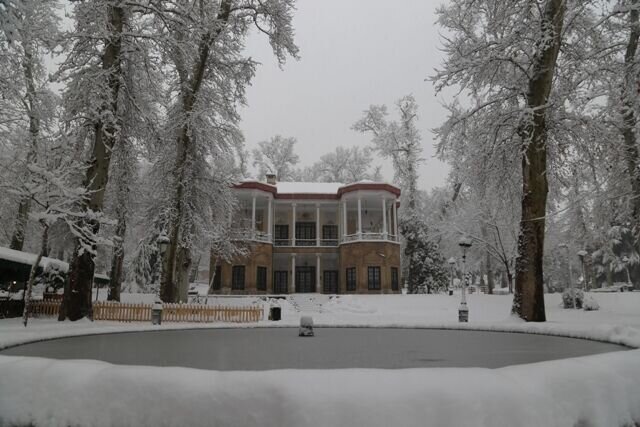Snow and freezing conditions close museums in 16 provinces

TEHRAN— On Saturday, snow and freezing conditions closed tens of cultural heritage museums and historical sites across 16 Iranian provinces.
The closures were part of a scheme hoped to reduce energy consumption as the country faces a natural gas shortage due to a harsh winter.
The coldness shut museums located in the provinces of East Azarbaijan, Ardabil, Isfahan, Alborz, Tehran, South Khorasan, North Khorasan, Khorasan Razavi, Semnan, Sistan-Baluchestan, Qom, Golestan, Gilan, West Azarbaijan, Qazvin, Chaharmahal-Bakhtiari, IRNA reported.
One of the world’s oldest continuous major civilizations, embracing settlements dating back to 4000 BC, Iran is home to some 1,000 cultural heritage museums supervised by the Ministry of Cultural Heritage, Tourism and Handicrafts.
It also hosts some of the world’s oldest cultural monuments, including bazaars, museums, mosques, bridges, bathhouses, madrasas, gardens, rich natural, rural landscapes as well as 26 UNESCO World Heritage sites.
The name of Iran, formerly known as Persia, mostly conjures up the first Persian Empire, ruled by the Achaemenids (ca. 550 –330 BC) and sites such as Pasargadae and Persepolis. However, there are tens of prehistorical sites as the Burnt City in Sistan-Baluchestan, Tepe Sialk in Kashan, Susa and Chogha Zanbil in the Khuzestan province, and Ecbatana in Hamedan which predate the Achaemenid period.
From a wider point of view, Iranian history can be divided into Pre-Islamic and Islamic eras. The Medes unified Iran as a nation and empire in 625 BC. The Islamic conquest of Persia (633–656) that put an end to the mighty Sassanid Empire (224–651) was a turning point in the history of the nation.
AFM
Leave a Comment